Introduction
In the vast realm of culinary arts, exploring the myriad ways to cook and enjoy various ingredients is an endless journey filled with delightful surprises. Among the lesser-known but highly esteemed herbs in traditional Chinese medicine and modern gastronomy, Gastrodia Elata, commonly known as Tian Ma in Mandarin, holds a unique place. Fresh Gastrodia Elata, with its earthy aroma and subtle sweetness, can be a delightful addition to various dishes when prepared correctly. Today, we delve into the art of stir-frying fresh Gastrodia Elata, unlocking its full potential to create a meal that is not only nutritious but also a feast for the senses.
Understanding Fresh Gastrodia Elata
Before diving into the cooking process, it’s crucial to understand what Gastrodia Elata is and why it’s valued. Gastrodia Elata, a perennial herb belonging to the Orchidaceae family, grows primarily in the mountainous regions of China, Japan, and Korea. Its rhizomes, the underground stems, are used medicinally and as a culinary ingredient. In traditional Chinese medicine, Gastrodia Elata is believed to possess properties that can alleviate headaches, reduce inflammation, and promote calmness. Culinary-wise, its earthy, slightly sweet flavor pairs well with various ingredients, making it a versatile addition to many dishes.
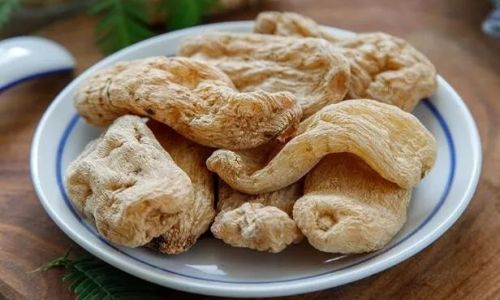
When selecting fresh Gastrodia Elata for cooking, look for firm, unblemished rhizomes with a fresh, earthy aroma. Avoid those that appear dried out, have mold, or emit an unpleasant odor. Fresh Gastrodia Elata should be used promptly after purchase to retain its optimal flavor and nutritional benefits.
Preparing Fresh Gastrodia Elata for Stir-Frying
Before stir-frying, proper preparation of the Gastrodia Elata rhizomes is essential. Here’s a step-by-step guide to ensure your Gastrodia Elata is ready for the wok:
-
Cleaning: Rinse the rhizomes under cold running water to remove any dirt or debris. Be gentle to avoid damaging the delicate skin, which can cause the rhizomes to lose their flavor and nutrients.
-
Peeling: While some recipes call for leaving the skin on for added texture and flavor, peeling the rhizomes can help them cook more evenly and enhance their appearance. Use a vegetable peeler or sharp knife to gently remove the outer layer.
-
Slicing: For stir-frying, slice the rhizomes into thin pieces. This not only ensures they cook quickly but also allows the flavors to meld better with other ingredients. Aim for slices that are about 1/8 to 1/4 inch thick.
-
Soaking (Optional): Some recipes recommend soaking the sliced Gastrodia Elata in water for a short period to remove excess starch and further cleanse the rhizomes. However, this step is optional and depends on personal preference and the recipe you’re following.
-
Blanching (Optional): Blanching the sliced Gastrodia Elata in boiling water for a minute or two can help set the color and slightly soften the texture, making it more tender when stir-fried. Drain well after blanching to avoid excess moisture in your final dish.
Stir-Frying Fresh Gastrodia Elata: Techniques and Tips
Now that your Gastrodia Elata is prepared, it’s time to stir-fry it to perfection. Here are some techniques and tips to ensure your dish is both delicious and visually appealing:
-
Choosing the Right Wok and Heat Source: A traditional Chinese wok, with its wide base and high sides, is ideal for stir-frying. It retains heat well and allows for even cooking. Use a high heat source, such as a gas stove, to achieve the desired high temperature quickly.
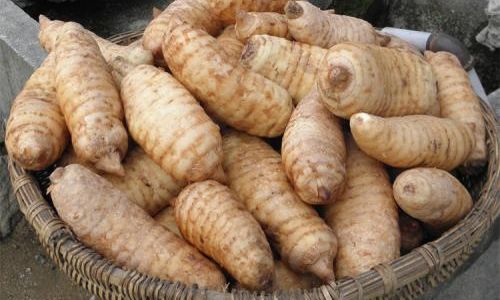
-
Preheating the Wok: Preheat your wok over high heat until it’s very hot. This ensures that the Gastrodia Elata will sear immediately upon contact, locking in flavors and textures.
-
Using the Right Oil: A neutral-flavored oil with a high smoking point, like peanut oil or grapeseed oil, is best for stir-frying. It won’t overpower the delicate flavor of the Gastrodia Elata and can handle the high temperatures needed for searing.
-
Adding Aromatics: Before adding the Gastrodia Elata, stir-fry aromatics such as garlic, ginger, and scallions until fragrant. This creates a flavorful base that will enhance the taste of the Gastrodia Elata.
-
Stir-Frying the Gastrodia Elata: Add the sliced Gastrodia Elata to the hot wok and stir constantly to prevent burning. The high heat will sear the outside while keeping the inside tender. Depending on the thickness of your slices, stir-fry for about 2-3 minutes until they are lightly browned and slightly translucent.
-
Seasoning: Season the Gastrodia Elata with salt, pepper, or any other desired spices. Remember, Gastrodia Elata has a subtle flavor, so be mindful not to overpower it with too much seasoning.
-
Adding Other Ingredients: If you’re incorporating other vegetables or proteins, add them according to their cooking times. For instance, quicker-cooking vegetables like bell peppers or mushrooms can be added towards the end, while slower-cooking ingredients like chicken or tofu should be stir-fried separately and then combined with the Gastrodia Elata.
-
Sauces and Garnishes: For added flavor, drizzle a little soy sauce, sesame oil, or a homemade stir-fry sauce over the Gastrodia Elata and other ingredients. Garnish with chopped green onions, sesame seeds, or a sprinkle of chili flakes for a burst of color and taste.
Serving and Enjoying Your Stir-Fried Gastrodia Elata
Once your stir-fried Gastrodia Elata is ready, serve it immediately to retain its fresh, hot flavor. It pairs well with steamed rice, noodles, or even as a topping for salads. The delicate balance of flavors and textures makes it a dish that is both satisfying and soothing.
In conclusion, stir-frying fresh Gastrodia Elata is a culinary endeavor that combines the art of traditional Chinese cooking with modern techniques. By following the preparation steps and stir-frying techniques outlined above, you can create a dish that is not only nutritious and flavorful but also visually stunning. Whether you’re exploring new culinary horizons or simply looking to add a unique twist to your meals, fresh Gastrodia Elata offers a delightful and rewarding cooking experience. Enjoy your culinary journey with this versatile and esteemed herb!
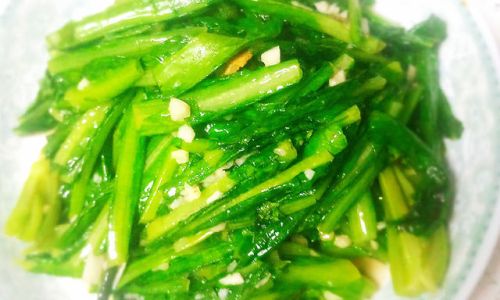
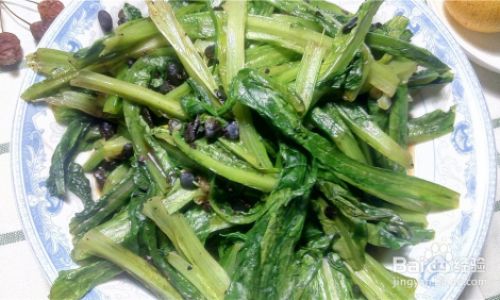
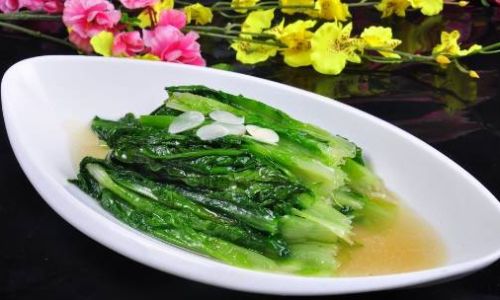

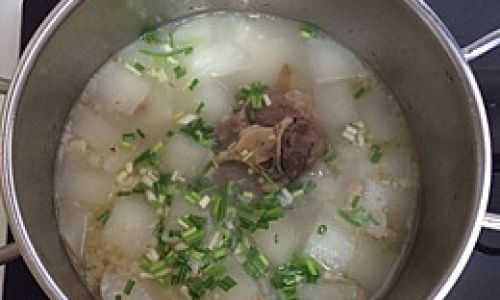
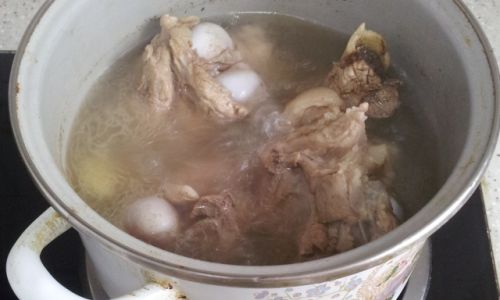
0 comments